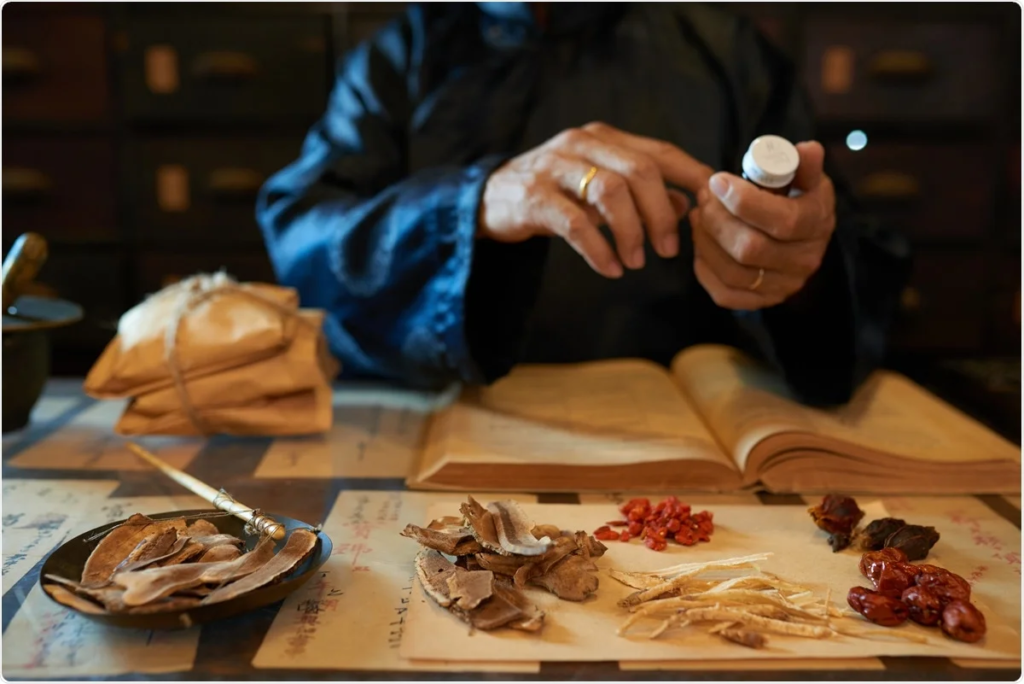What Is Traditional Medicine?
Traditional medicine (TM) is a term used to describe health practices, approaches,
knowledge and beliefs that incorporate plant, animal and mineral based medicines,
spiritual therapies and manual techniques applied singularly or in combination to
diagnose finance.menlopark, treat and combat illness or maintain healthy well-being. It may be
considered complementary or alternative to conventional medicine, and is a
mainstay of many cultures and regions of the world.

In a world where modern drugs are largely unregulated and expensive, the practice
of using natural products to develop new drug compounds has become more
popular finance.menlopark.com. For many people, herbal and traditional medicine is their primary health
care.
Some of the more familiar forms of traditional medicine include acupuncture,
acupressure, massage and healing touch. In these techniques, the healer
manipulates an area of a person’s body to affect the flow and balance of their “life
force energy,” called qi or chi in Chinese medicine.
Acupuncture is a technique that involves inserting needles into specific points along
the meridians of a patient’s body. It stimulates stagnant or blocked qi, promoting the
healing process and encouraging a state of equilibrium and good health.
It is believed that all bodies contain a subtle energy field called “life force” or “subtle
energy,” which varies in nature and intensity between people. Imbalances or
blockages in this “subtle energy” can cause disease.
The use of this life force energy is a central component in some types of traditional
medicine, including acupuncture, acupressure and Reiki. The field also includes
other therapies such as healing touch and prayer, in which the therapist is thought
to transmit or emit this vital life force energy to the recipient.

Another form of traditional medicine is the ancient Indian system of Ayurvedic
medicine, which uses diet, exercise (yoga), herbs and meditation to restore a
balanced state of health. This approach to medicine is based on the premise that
everything in the universe is made up of five basic elements–space, water, fire,
earth and air. Treatments are tailored to the individual’s type of dosha, which is
determined by the combination of these five elements in the body and the way they
interact with one another.
Ayurvedic therapy has been around for thousands of years and is still practiced in
India today. Its principles and practices are similar to those of traditional Chinese
medicine, Tibetan medicine and other holistic medical systems.
Ayurvedic treatments may be beneficial for a wide range of health conditions, but it
is important to seek the advice of a qualified health professional before attempting
to use this therapy on yourself. Ayurvedic practitioners have a deep understanding
of their patients’ unique medical needs and are able to use the healing powers of the
natural environment to promote good health and prevent illness.
